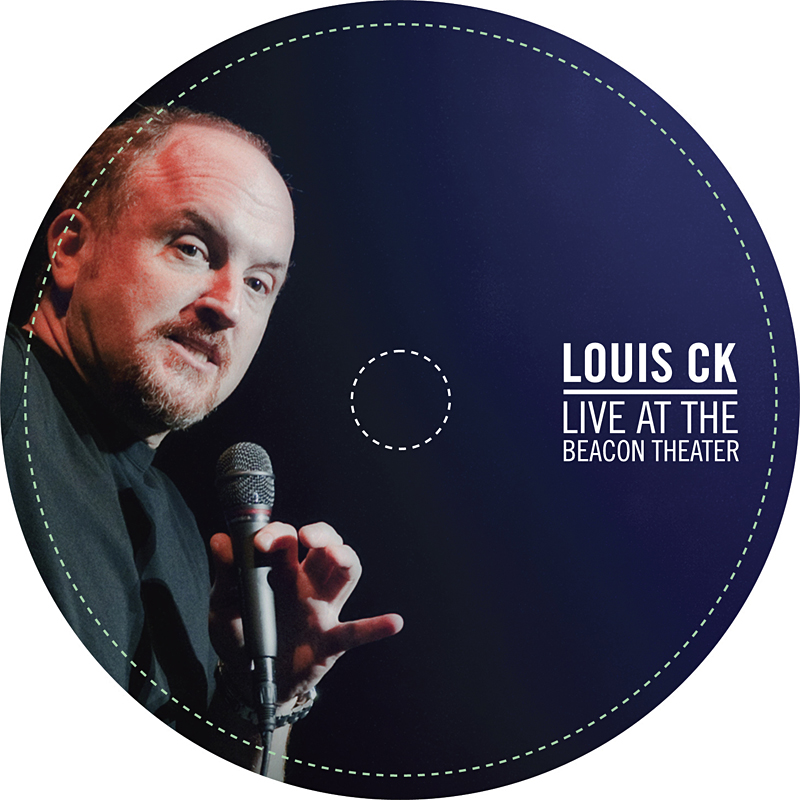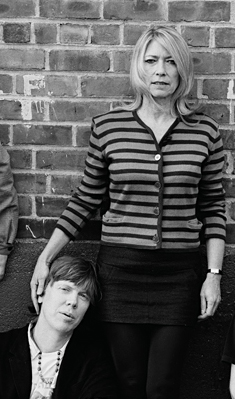Patrice O’Neill and Stephen Ruffo were the first to say it: “Bluegrass in Bellevue?” As the founders and organizers of Wintergrass, O’Neill and Ruffo were well aware of the perception of our Eastside neighbor as a soulless place for boring people with money. They were also aware that many fans held strongly to the belief that bluegrass was blue-collar music for blue-collar folks. For 15 years, O’Neill and Ruffo had been putting on Wintergrass in Tacoma, a city with a markedly different vibe—historic, industrial, all-American. In other words, Tacoma and bluegrass made sense together. Which is why, when O’Neill announced last September in a tearful press conference that Wintergrass 2010 would be held in, of all places, Bellevue, the reaction was one of dismay, if not anger.
“I even said, ‘No, you can go, but I’m not [taking Wintergrass] to Bellevue,'” says Ruffo, lounging beside O’Neill in a cozy meeting room at the Bellevue Hyatt Regency, the fest’s new home.
“I was skeptical, I’ll admit,” says O’Neill. “But when I walked into the lobby downstairs, I was like ‘Oh…Oh, OK, this is good.'”
The Hyatt’s atrium boasts a sunlight-bathed lobby with abundant, cozy seating and sweeping twin staircases framing the room. When O’Neill saw this room—which the developer coincidentally had dubbed the Wintergarden—she knew bluegrass could easily have a new home on the Eastside.
“What’s the first thing people do when they come to Wintergrass?” says O’Neill. “They scan the room looking for people they know. You can see everyone from every angle here.”
Like the music it celebrates, Wintergrass is a tradition. All bluegrass festivals are annual tribal gatherings of a sort. Fans make plans for the next festival even before the one they’re at ends, snatching up three-day ticket packages for festivals all over the country months in advance. For about a week, the twang of acoustic instruments can be heard emanating from just about everywhere, whether from an impromptu jam session in a nearby park (or elevator) or an icon like Peter Rowan ripping it up on a mainstage. Few attendees get any sleep for the duration, preferring all-night pickathons with friends to solid rest.
But despite the festival’s popularity, Wintergrass began to stumble financially in 2008. As with every other arts organization, the economy took its toll, hotel prices began to climb, and the success of Oh Brother, Where Art Thou? increased marquee artists’ fees tenfold.
“All of a sudden, overnight, you had guys like [bluegrass pioneer] Ralph Stanley, who was used to making $4,500 per night for however many decades, now commanding $50,000 per show,” says O’Neill.
This spike in popularity ushered in other winter bluegrass festivals in cities like Portland, which hurt Wintergrass’ leverage in booking solid lineups. In addition, many artists were now revered as pop icons, which meant bluegrass had in many ways outgrown Tacoma, and for Wintergrass to have any future, it would have to grow along with it.
Understandably, the move does not sit well with many longtime attendees.
“I have friends who can’t reconcile their vision of Wintergrass as a ‘blue-collar festival of blue-collar music’ being housed in the glittering towers and shopping mecca of Bellevue,” says Donn Marshall, a Tacoma native and festival devotee.
But the truth is, bluegrass lost all class distinctions 70 years ago when Bill Monroe, the father of bluegrass, first performed on the Grand Ole Opry. Ever since, it’s been available to everyone, and the genre has only gotten stronger as a result. Middle-class white kids such as John McEuen of the Nitty Gritty Dirt Band and private-schooled Manhattanites like Béla Fleck have all fallen in love with bluegrass. No one would argue they’ve destroyed it with their contributions. Likewise, Bellevue isn’t going to kill Wintergrass, and those who fear it must have little faith in the music itself. In fact, O’Neill says ticket sales for this year’s Wintergrass are already stronger than in any of the previous five years.
“I don’t know whether it’s a lot of people from around here who in the past wouldn’t go to Wintergrass because they didn’t want to drive to Tacoma, or whether it’s because the ticket packages are cheaper, or what. But the sales are really good. Really good.”
Wintergrass was the brainchild of O’Neill, Rob Folsom, and Earla Harding. Its aim was to bridge the gap between summer festival seasons. A success from the word go, Wintergrass activity was concentrated in Tacoma’s Sheraton Hotel, with other shows on satellite stages around town. “At the time, Tacoma was really in bad shape; there was nobody on the streets at night,” says O’Neill. “This was long before any glass museum, long before the UW branch.'” In its first years, Wintergrass lineups were loaded with bluegrass heavies such as J.D. Crowe and David Grisman, with Bill Monroe himself performing in the inaugural festival.
“I’ll never forget it,” says O’Neill. “We pick Bill Monroe up from the airport and pull up in front of the hotel. He steps out and has his coat and hat on, mandolin tucked under his arm, and walks into the lobby where these guys are jamming, takes out his mandolin, and says ‘Mind if I sit in?'”
That sense of intimacy was unique to Wintergrass, largely because the festival came along as a fresh idea in a time of low popularity for the genre. While the move is certainly a loss for Tacoma, fans should have little to complain about.
“I’m looking forward to a great binge on great music for four days,” says Marshall. “I expect to get very little sleep. I expect to wear my fingers out in the nightly jams.”
In short: same festival, different town.







